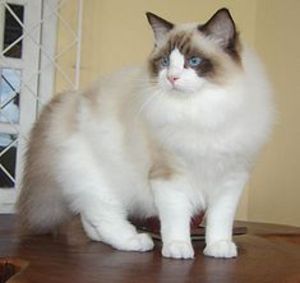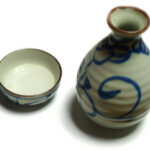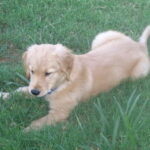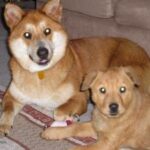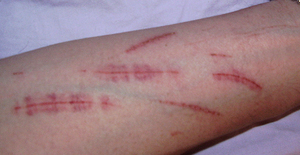Let’s say you adopted a stray cat. What kind of cat breeds went into the making of your cat? You may want to know partially for curiosity’s sake but mostly to see if your cat may be predisposed to health problems peculiar to particular breeds. The first thing you want to do is figure out what cat breeds are popular in the area the stray cat was picked up. Your veterinarian or animal shelter should be able to help you with that. This can help you narrow the choices of breeds down considerably.
Head Shape
Looking at the cat’s profile and nose length may help you determine some of your feline friend’s genetic makeup. A flat (brachycephalic) face with a very short nose means that some Persian is in there somewhere. On the other hand, if the head is much longer than that of the average cat, then there is some Siamese based blood. There are many cat breeds that have sprung from the Siamese such as the Oriental Shorthair and the Javanese.
Ear Shape
There have been several breeds based on mutations of the ears. These shapes can theoretically happen to any breed of cat but are most often found in breeds especially bred for these quirks. Extremely large, bat-like ears are found in the Siamese, the Devon Rex, the Cornish Rex and the Canadian Sphynx. The latter is generally a hairless breed, but many partially or fully furred cats pop up from time to time. Folded over ears, which look as if they were flattened, come from the Scottish Fold and Highland Fold. Ears that curl back at the tips are the hallmark of the American Curl.
Hindquarters and Tail
If the hindquarters rise higher than the shoulders, then the cat may have Manx, Japanese Bobtail or American Bobtail in it, regardless of how short the tail is. Manx also tend to hop rather than run like a normal cat. A long, fluffy tail indicates the influence of a longhaired breed. A Persian’s tail is incredibly thick and puffy, while the tails of a Maine Coon or Turkish Angora are slimmer and more manageable.
Coat
The texture of a cat’s coat can also help determine the breed. The Rex breeds and the American Wirehair have harsher, kinked coats. Very long, soft hair indicates Persian influence. Something between a Persian and a regular alley cat indicates Maine Coon or Turkish Angora.
Color
Cat colors can sometimes be misleading as not all colorations that pop up in a cat breed are accepted into the breed standard. However, if you have a cat with a place body and darker colorations on the head, tail and legs, then this indicates Siamese ancestry. A cat with a sandy-colored coat, white or pale muzzle and a prominent “M” on the forehead indicates Abyssinian or Somali blood.
In Conclusion
Even after going through all this, there still may be a lot of question marks about your kitty’s ancestry. Don’t worry too much about it. All cats deserve a forever home, good food, access to water and veterinary care, no matter hat their breed or breeds. A good cat is never a bad breed.
References:
“ASPCA Complete Guide to Cats.” James R. Richards, DVM. Chronicle Books, 1999.
“The Dell Encyclopedia of Cats.” Barbara Shook Hazen. Dell Publishing Company; 1974.
The International Cat Association. “TICA Recognized Cat Breeds: Meet Our Fabulous Felines.” http://www.tica.org/public/breeds.php
Personal experience.
